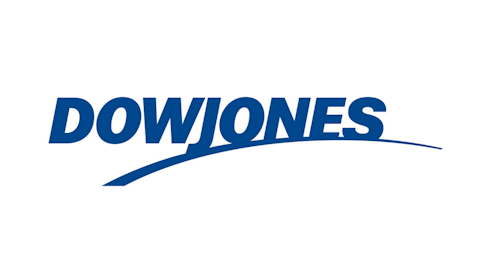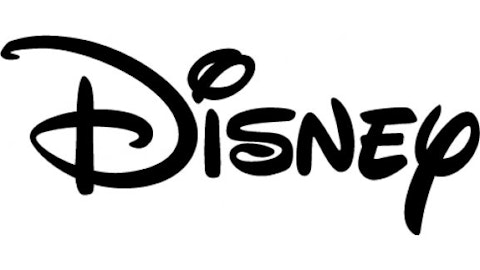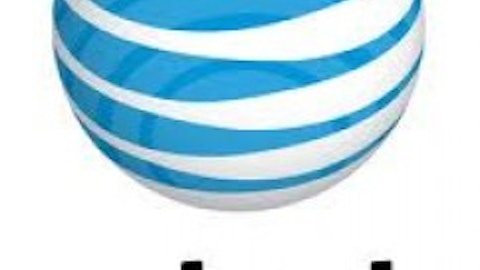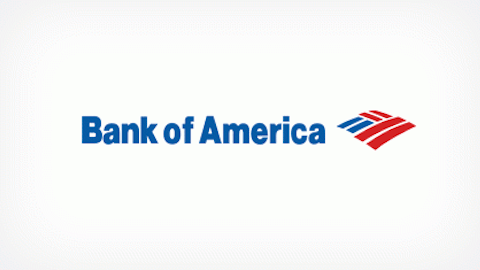All things considered, it’s been an incredible run for the U.S. stock market since finding its bottom in March 2009. The Federal Reserve has responded swiftly and decisively in keeping lending rates low to spur refinancing and new loan generation activity for individuals and enterprises, while also working to put a foundation under the housing sector once again.
Every hiccup in the uptrend has been met with skepticism by bears, and in every instance thus far since 2009 they’ve been proved wrong. Most of those skeptics have pointed to some economic or valuation factor, such as how the S&P 500 (INDEXSP:.INX)‘s price-to-earnings ratio has risen from a low of 15 early last year to roughly 19 as of now.
Another common theme is the natural ebb and flow of the tech cycle. For instance, the tech-heavy NASDAQ Composite (INDEXNASDAQ:.IXIC) cranked out 20 consecutive 12-and-a-half-year highs earlier this year, and the natural cyclicality of the tech replacement cycle would suggest that a sustained uptrend just isn’t possible — yet the NASDAQ Composite (INDEXNASDAQ:.IXIC) keeps marching higher.
Even the Dow Jones Industrial Average 2 Minute (INDEXDJX:.DJI), which you’d expect would be susceptible to weakness from Europe’s ongoing austerity measures and China’s slowing GDP growth because it’s made up of 30 globally diverse companies, has marched past 15,000.
If perception is reality, then we’re in big trouble
But can the stock market overcome the most dangerous of all forms of skepticism — public perception? It’s one thing for a small group of investors to insinuate that an index has come too far, too fast. It’s a completely different ballgame when the public — composed of investors and those who don’t invest — are losing faith in some of the tools integral for maintaining a strong market and economy.

Source: Francesco, Flickr.
A Gallup poll released last week asked a random sampling of 1,529 adults in early June what their level of confidence was with regard to 16 institutions in the United States. The respondents were to answer whether they had a great deal, quite a lot, some, or very little, confidence in these 16 institutions. Needless to say, the respondents who exclaimed “a great deal” or “quite a lot” were notably missing for some key institutions:
| Institution | 2012 | 2013 | Change % |
|---|---|---|---|
| The military | 75% | 76% | 1% |
| Small business | 63% | 65% | 2% |
| The police | 56% | 57% | 1% |
| The church or organized religion | 44% | 48% | 4% |
| The presidency | 37% | 36% | (1%) |
| The medical system | 41% | 35% | (6%) |
| The U.S. Supreme Court | 37% | 34% | (3%) |
| The public schools | 29% | 32% | 3% |
| The criminal justice system | 29% | 28% | (1%) |
| Banks | 21% | 26% | 5% |
| Television news | 21% | 23% | 2% |
| Newspapers | 25% | 23% | (2%) |
| Big business | 21% | 22% | 1% |
| Organized labor | 21% | 20% | (1%) |
| Health maintenance organizations | 19% | 19% | 0% |
| Congress | 13% | 10% | (3%) |
Source: Gallup, % of respondents who said “a great deal/quite a lot.”
It wasn’t all bad …
Understandably, there were quite a few bright spots here. Small-business perception improved by two percentage points to 65%, and we all know that small business growth is vital to keeping the U.S. economic engine moving forward.
It’s also nice to see a five-percentage-point increase in banks. Obviously, sentiment for banks is always going to be toward the lower end of the scale, because no one likes paying bank fees, but the fact that many are “coming clean,” per se, with settlements is certainly helping their image. Bank of America Corp (NYSE:BAC), for example, has settled with MBIA Inc. (NYSE:MBI) and multiple other federal institutions over its foreclosure and lending practices during and following the financial crisis. Anything that makes banks appear more transparent to the public is going to improve how the public perceives them.
The trio of trouble
Unfortunately, the vast majority of institutions received rather unconvincing approval ratings from the public.





